What kind of coffee beans are suitable for making espresso coffee with coffee beans characteristics the ratio of Italian coffee powder to water
Italian coffee beans, as the name implies, are used to make special coffee beans for Italian coffee. How is this coffee bean different from other coffee beans? Qianjie lists several key differences for everyone!
1. Baking degree. Take the coffee beans in coffee shops as an example, if you use drip brewing (hand brewing) coffee, the coffee beans will be slightly roasted, which can highlight the flower and fruit aroma. On the other hand, coffee beans used for espresso are generally baked after the second explosion. That is, it will be too deep. Because espresso is made with milk, cream or water. So the taste needed should be rich and bitter.
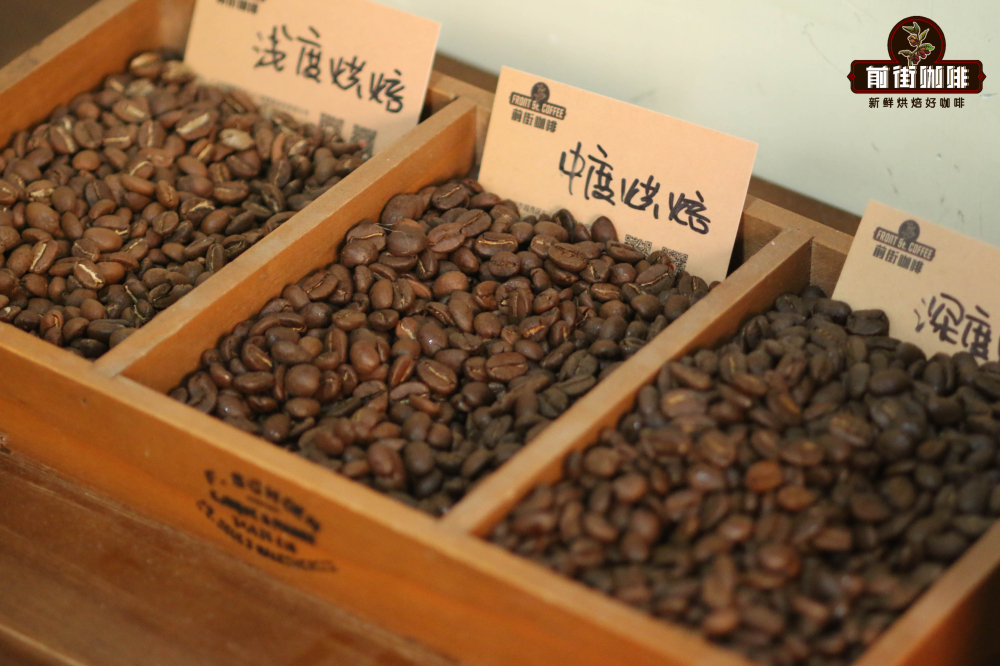
2. Single or matching. Italian coffee beans are still dominated by blended beans, which is in contrast to other individual coffee beans. It should be emphasized here that blended beans are not necessarily Italian beans, and single beans can also be made into Italian coffee. The blending of Italian beans is mainly due to stability and price problems.
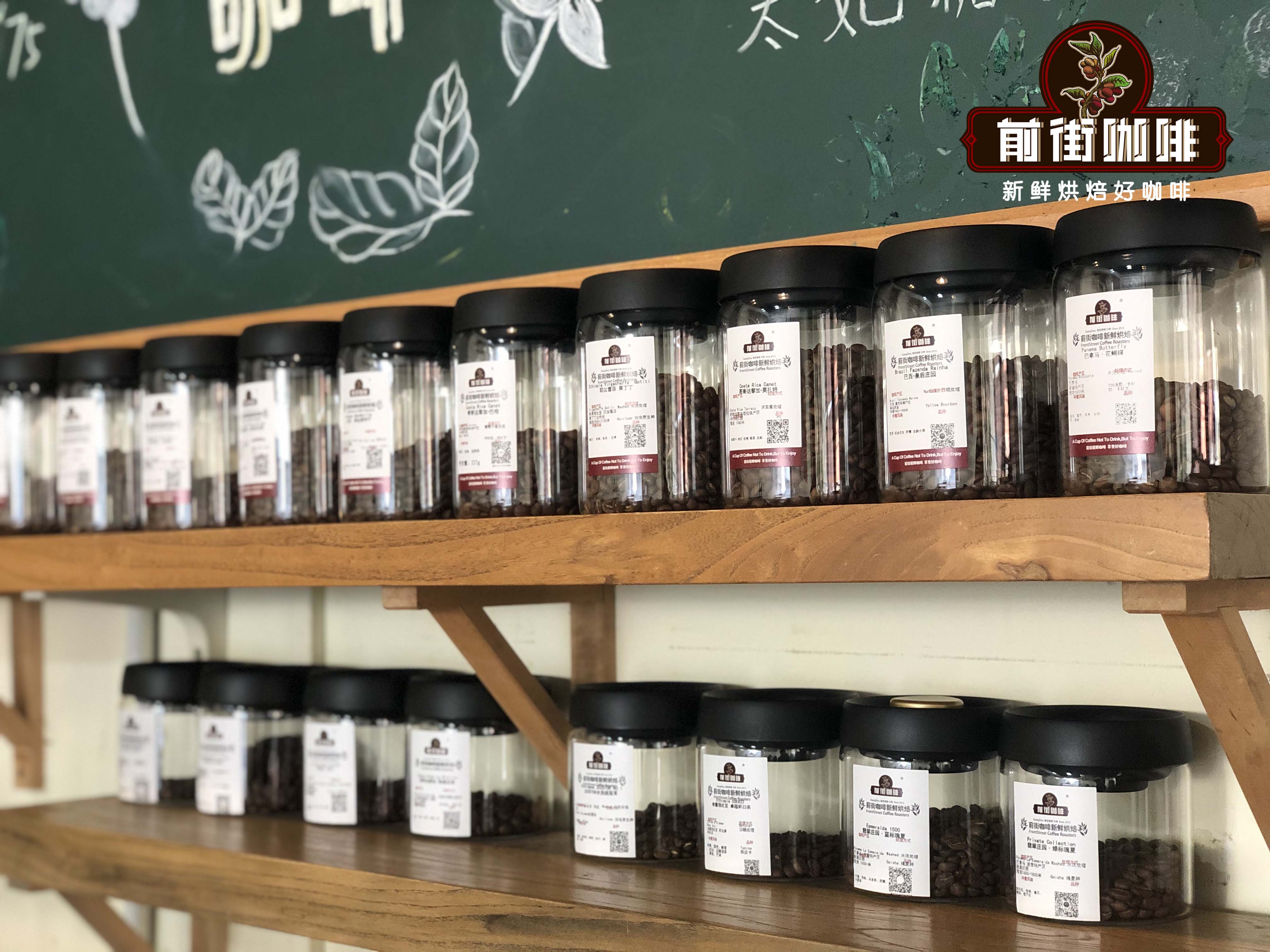
What kind of coffee beans are suitable for Italian style? Qianjie Coffee should be reminded that before mixing beans, we should first know the flavor of different varieties of coffee in the world, and beans have different characteristics according to their origin, which requires roasters to be more clear about the characteristics of coffee beans in multiple producing areas. to adjust the baking curve. Different coffee beans have different personalities because of different varieties and producing areas, and there are subtle differences in sour, bitter, sweet, aroma, mellow thickness and other flavors. Single coffee beans often show the unique characteristics of a certain kind of coffee.
SOE trend of single producing area
Recently, SOE,SOE stands for single-origin espresso, although it is not necessarily equivalent to fine coffee, but if you select single-origin coffee beans with easy to identify flavor as SOE, you can produce a typical espresso with unique flavor. For example, Yega's typical citrus flavor, Kenyan fruit flavor, etc., coupled with espresso will magnify the taste of coffee, so specific flavors will be more prominent than hand brewing. However, although SOE is outstanding, its disadvantages are relatively easy to be magnified because it comes from a single place of origin, so factors such as roasting and particle size will affect the flavor, so it is not necessarily better to drink than mixed coffee.
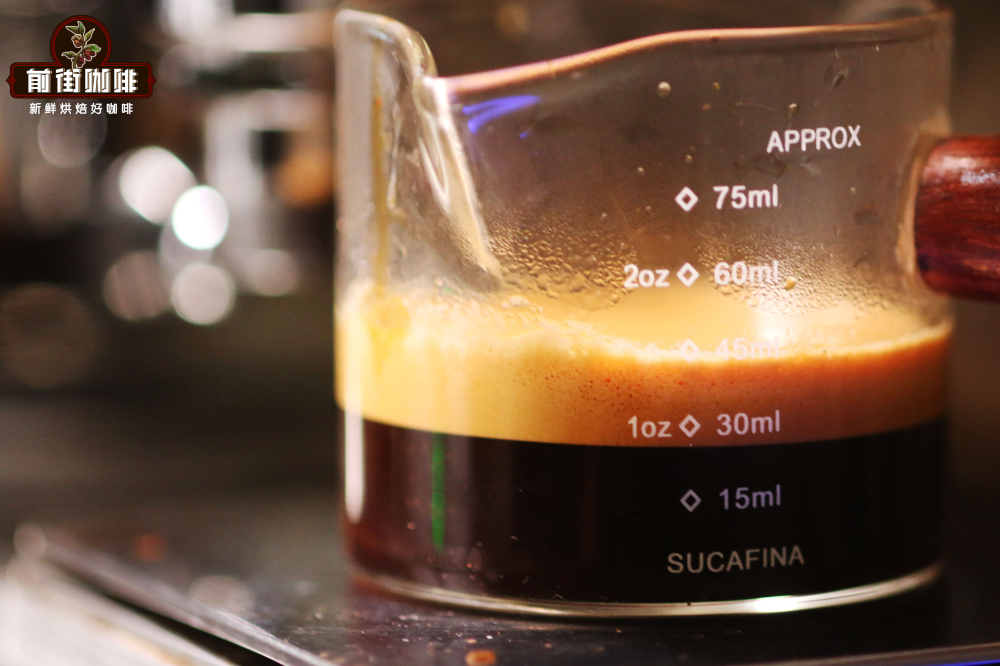
How to choose Italian matching in Qianjie? What kind of coffee beans are suitable for Italian style? Italian coffee beans generally choose two types of coffee beans, Robusta and Arabica, and the beans are usually matched by Robusta and Arabica, or Arabica and Arabica.
[Robusta]
It is mainly used for concentrating and blending to increase the thickness of alcohol and get rich oil. Robusta coffee beans are oval, spherical or nearly spherical in shape, with a straight line in the center line.
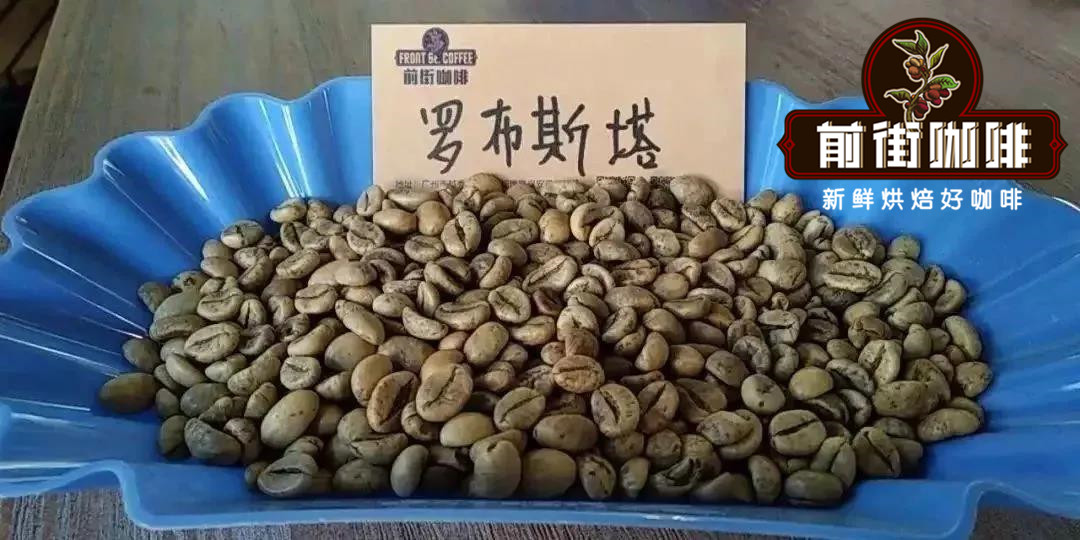
[Arabica]
Arabica coffee produced in different regions, different elevations and different climates has its own characteristics and can show completely different individual flavor. It smells like grass when it is not baked, and after proper baking, it shows "fruity" (medium-shallow baking) and "caramel flavor" (deep baking). Suitable for a single origin and a variety of mixed beans, can be made using a variety of extraction techniques.
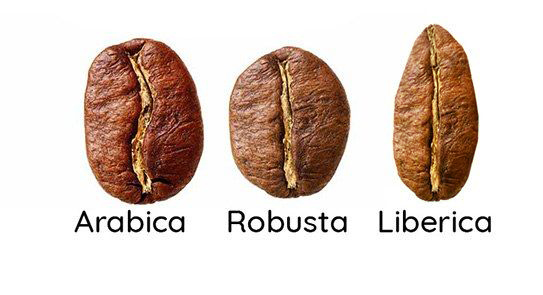
Arabica coffee beans are oval and flat in shape, with an S-shaped or C-shaped midline.
[how many Luodou is more suitable for Italian matching beans]
Qianjie Coffee thinks that Italian coffee beans contain 10% and 20% less than 20% of Luodou is more suitable, more than this ratio, there is a rubber flavor.
Qianjie Coffee currently produces four kinds of Italian coffee beans with different flavors, which meet the taste needs of most people.
(1) boutique matching beans: Colombian coffee beans: Brazilian coffee beans, with a proportion of 3VR 7100% Arabica
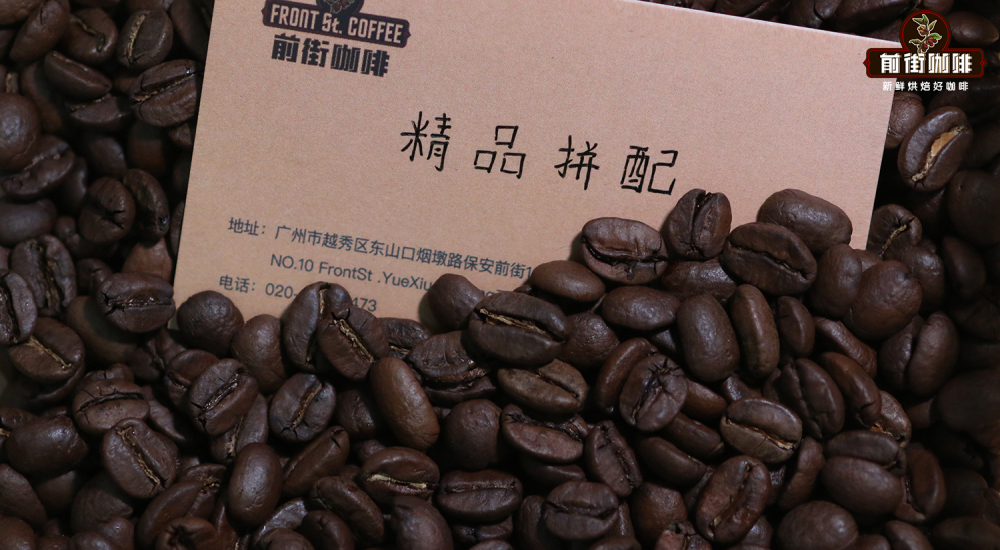
Flavor features: comfortable sweet and bitter taste, the entrance is extremely smooth; with a touch of grass, the fragrance is slightly bitter; smooth and smooth, the aftertaste can make people comfortable; using medium-deep baking, when doing concentration, the taste will be soft, slightly sour, sweet and nutty, the overall feeling will not be too exciting, peaceful, grease belongs to medium.
(2) Commercial blending of espresso beans: Colombian coffee beans: Brazilian coffee beans: Robusta coffee beans, proportion 3:6:1
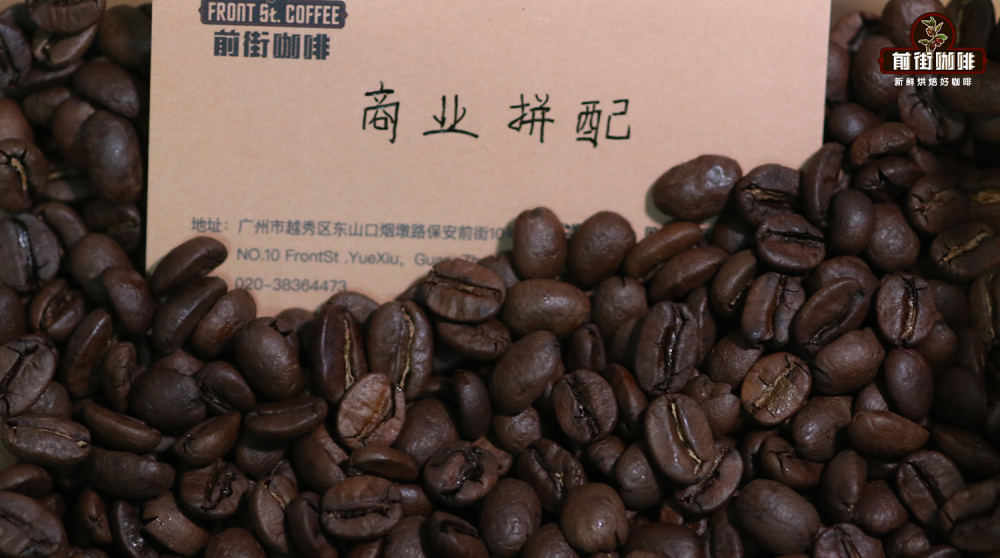
In terms of the flavor of individual beans, the taste of coffee obtained from commercial beans is much lower than that of high-quality coffee beans. Generally, commercial beans are chosen to be used as Italian coffee beans. After mixing beans, you can also make coffee with good export flavor. It can be used to make lattes, cabbages and other espresso. When Qianjie Coffee uses this commercial mix of Italian coffee beans for Espresso, because of the Robbata beans, the oil will be richer and taste classic.
Flavor characteristics: sweetness of caramel, nutty and cocoa, dark chocolate flavor, sweet and sour balance, a little bittersweet, lingering finish.
(3) basic blending of Italian coffee beans: Yunnan coffee beans: Brazilian coffee beans, the proportion is 3:7
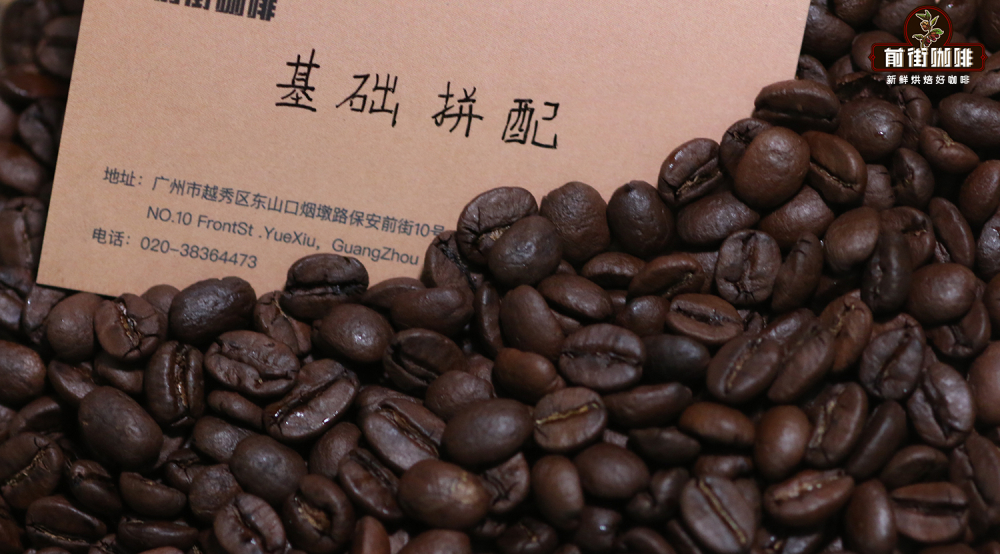
Flavor characteristics: with soft fruit acid, caramel sweetness, nutty, dark chocolate flavor, smooth and sticky, but light taste.
(4) Sunflower warm Italian coffee beans: Honduran Shirley coffee beans: Yega red cherry coffee beans, proportion 7:3

Flavor characteristics: it has obvious acidity, a hint of berry aromas, rich aromas of wine and chocolate, and a comfortable finish.
In fact, Qianjie Coffee found that adding [Robusta beans] to the espresso formula can bring more caffeine, better grease and fullness.
What factors will affect the extraction of Italian coffee
(1) Water pressure
In modern times, the water output and controllable water pressure are controlled by a water pump. Espresso ideal water pressure is generally 9 BAR, which is generally recognized as the most ideal air pressure.
(2) Boiler pressure
The boiler pressure is related to the water temperature of coffee making and the impulse of steam. The higher the boiler pressure, the higher the water temperature and the greater the impulse of the steam; otherwise, the lower the water temperature, the smaller the steam. The boiler pressure is generally around 1 BAR, but there is still a lot of controversy about this number, and every barista has a different understanding.
(3) Water temperature
The water temperature depends on the needs of different varieties of coffee beans, some are subject to boiler pressure, while others are more flexible and precise. According to the experience of most baristas, the water temperature is between 90 and 92 degrees Celsius, each barista can flexibly adjust according to their own understanding and needs, and can make their own style Espresso with their own hands.
(4) packing force
There are various styles of packing. In this world, almost no two people's packing will be the same. Generally speaking, if it is heavy pressure, the required pressure will be the pressure like 25kg/m2, but packing is indeed the freest parameter in the golden rule. Because Qianjie coffee uses a constant pressure powder hammer, the powder pressing strength is basically the same.
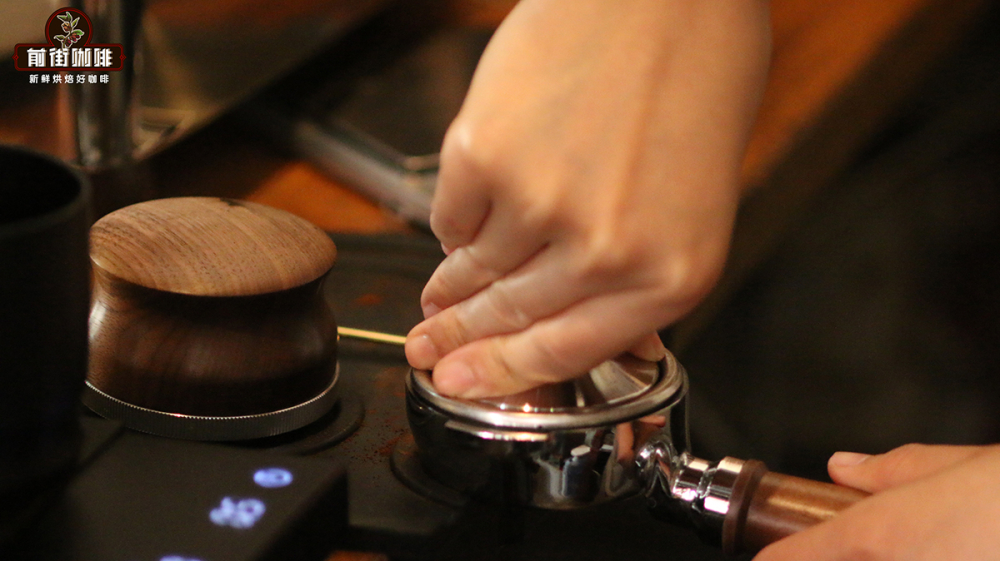
(5) Grinding thickness of Italian coffee beans
Espresso is a very fine powder. The finer the grinding, the slower the velocity of water passing through the powder layer; the thicker the grinding, the faster the flow rate of water passing through the powder layer. Adjusting the grinding degree can flexibly change the extraction time while reaching the extraction quantity. Imagine this situation, using 20g fixed powder to extract 40g Espresso, which takes 25 seconds. Everything looks perfect, but it turns out that body is thin and acerbic. Obviously, the extraction of this Espresso is insufficient and the concentration is low. At this time, grinding coffee beans finer can solve the problem of insufficient extraction and low concentration, at the same time, it can reduce the acidity and increase the thickness of alcohol.
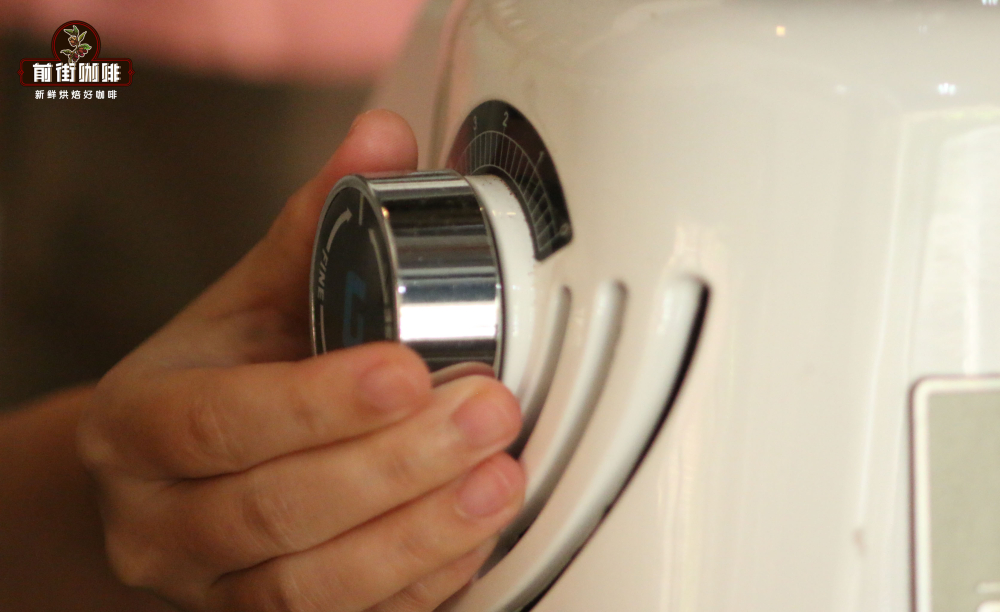
(6) Powder quantity
Qianjie Coffee contains 12-14 grams of coffee powder for a single espresso and 20-22 grams for a double.
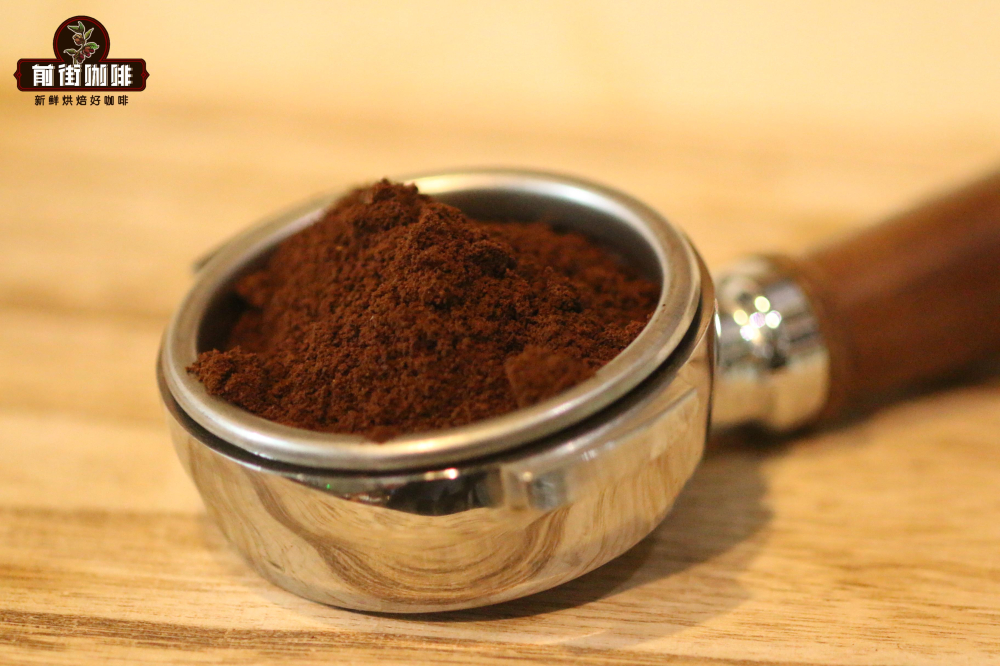
(7) extraction time
The extraction time of the gold rule is between 25 and 28 seconds, but the extraction time is actually a comprehensive expression of packing pressure, powder quantity and grinding degree, which needs to be adjusted by the barista's understanding.
(8) extraction quantity
Qianjie Coffee single extraction 20-21g liquid, double extraction 40g liquid extraction quantity. Combined with the amount of powder, it is the key to the ratio of powder to water in the extraction of Italian coffee.
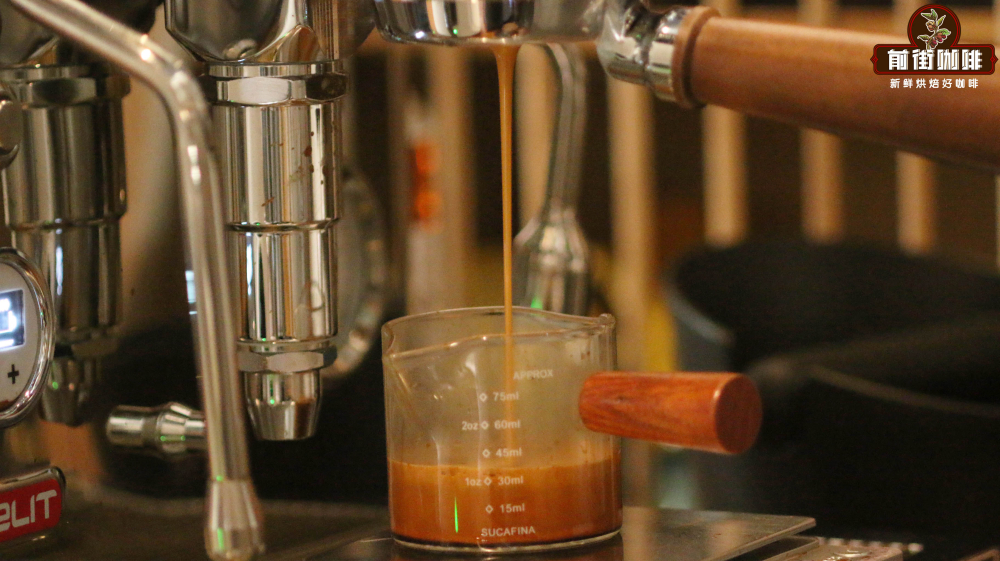
How to make Italian base concentrate in Qianjie?
First dry the coffee handle, then put 20g coffee powder into the coffee powder bowl, then use a cloth powder dispenser to flatten the coffee powder, and then use a powder press to press the coffee powder pressed powder.
Buckle the handle to the boiling head, start the extraction button (pull the lever), and wait until the coffee liquid reaches 40g to stop the extraction. The extraction time is between 28 and 32 seconds.
An ideal Espresso should be able to strike a balance between the various elements, taste bright, and feel sweet but not bitter in the throat after drinking it. To put it more specifically, it should have moderate sour, bitter, sweet, rich taste, solid and mellow consistency, lasting, and make people feel as refreshing and sour as citrus.
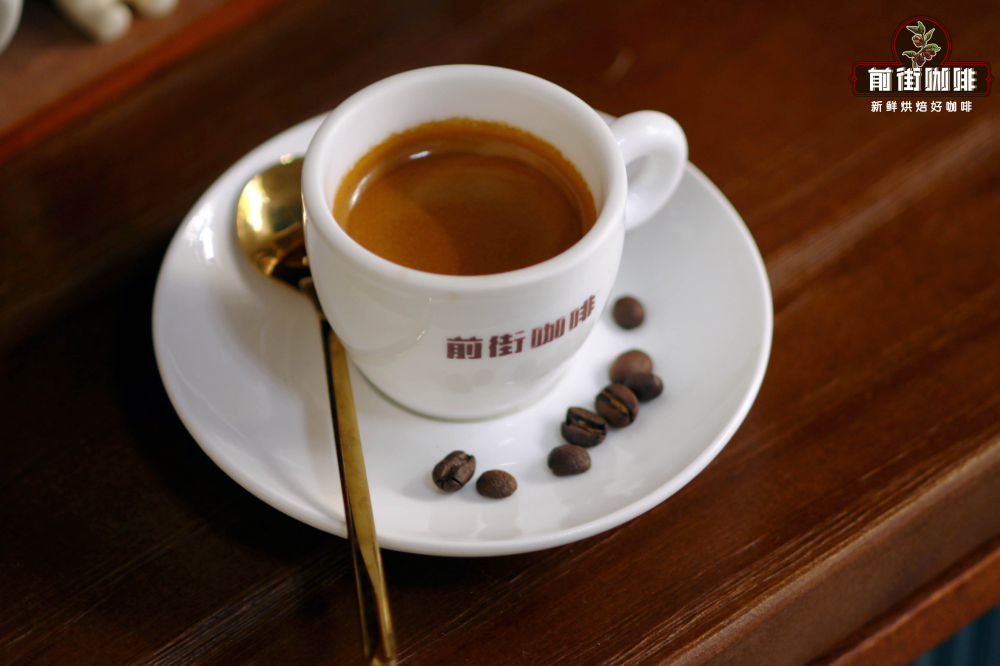
Mixed beans are mostly used in Italian coffee such as Espresso, Americano, Latte or Cappuccino, etc., the taste of coffee is more balanced, more palatable, more stable, it can be said that the taste is more popular.
Professional coffee knowledge exchange more coffee bean information please follow the coffee workshop (Wechat official account cafe_style) more boutique coffee beans please add private Wechat Qianjie coffee, WeChat: kaixinguoguo0925
Important Notice :
前街咖啡 FrontStreet Coffee has moved to new addredd:
FrontStreet Coffee Address: 315,Donghua East Road,GuangZhou
Tel:020 38364473
- Prev
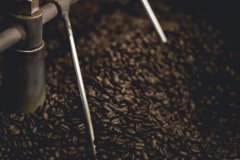
What does Italian matching mean? how did the concept of Italian matching originate and develop?
Professional coffee knowledge exchange more coffee bean information please follow the coffee workshop (Wechat official account cafe_style) coffee bean matching knowledge Italian coffee bean formula sharing Italian flavor description and brewing suggestion the concept of mixing coffee beans first began in Europe, its purpose is very simple, in order to make a cup of coffee more flavor performance
- Next

Study on Italian matching beans: why should they be matched? The relationship between the flavor and the formula of Italian coffee beans?
Professional coffee knowledge exchange more coffee bean information please follow the coffee workshop (Wechat official account cafe_style) coffee bean matching knowledge Italian coffee bean formula sharing Italian bean matching beans? Many people like to drink lattes, and I am no exception. When I haven't come into contact with fine coffee, I only like to drink lattes all the time. I only know that lattes are espresso and milk, but I don't know.
Related
- Guji coffee producing area of Guji, Ethiopia: Humbela, Shakiso, Wulaga
- What is the most expensive variety of Qiloso in BOP multi-variety group?
- How to store the coffee beans bought home?
- Why are Yemeni coffee beans so rare now?
- Ethiopian Sidamo all Red Fruit Sun Sun Santa Vini Coffee beans
- SOE is mostly sour? What does it mean? Is it a single bean? what's the difference between it and Italian blending?
- Is Italian coffee beans suitable for making hand-brewed coffee?
- How to choose coffee beans when making cold coffee? What kind of coffee beans are suitable for making cold coffee?
- Just entered the pit to make coffee, what kind of coffee beans should be chosen?
- Can only Japan buy real Blue Mountain Coffee? What are authentic Jamaican Blue Mountain coffee beans?

